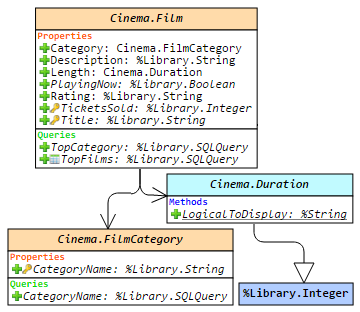Parallel query hinting boosts certain query performances on multi-processor systems via parallel processing. The SQL optimizer determines when this is beneficial. On single-processor systems, this hint has no effect.
Parallel processing can be managed by:
- Setting the auto parallel option system-wide.
- Using the %PARALLEL keyword in the FROM clause of specific queries.
%PARALLEL is ignored when it applied to:


.png)
.png)
 Hello!
Hello!.png)
